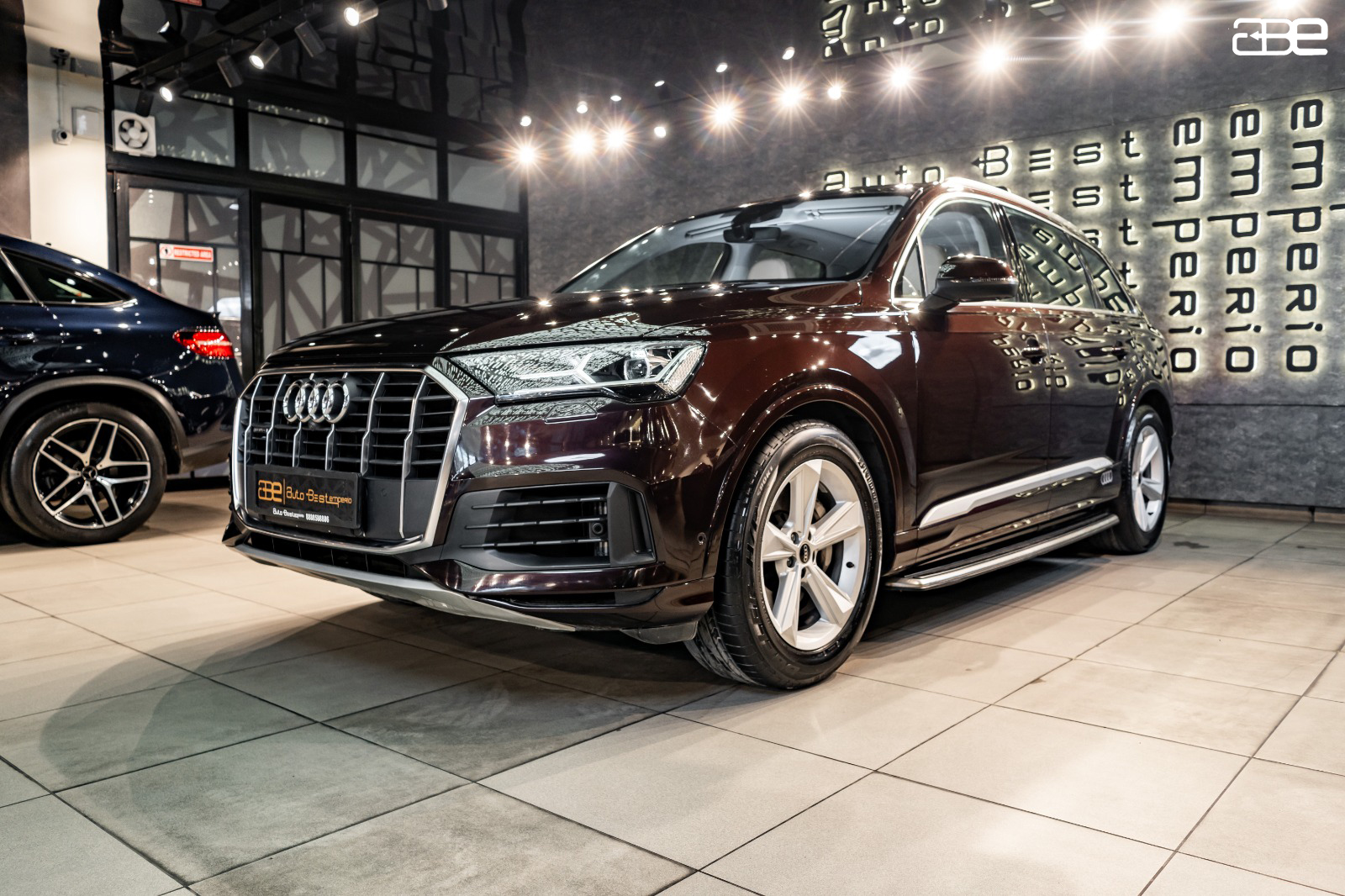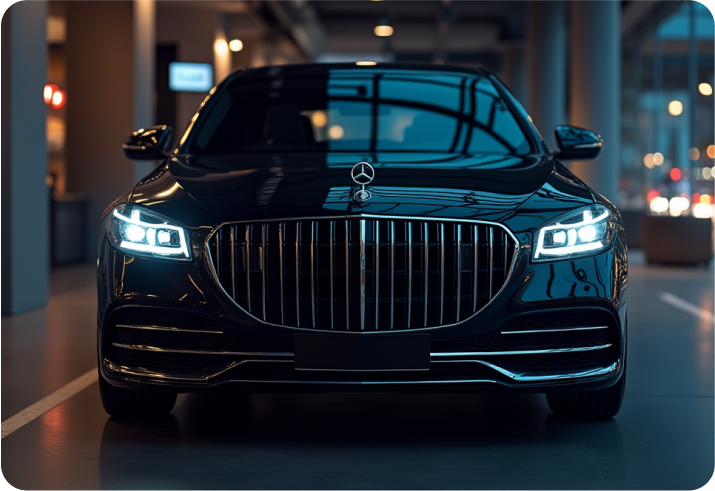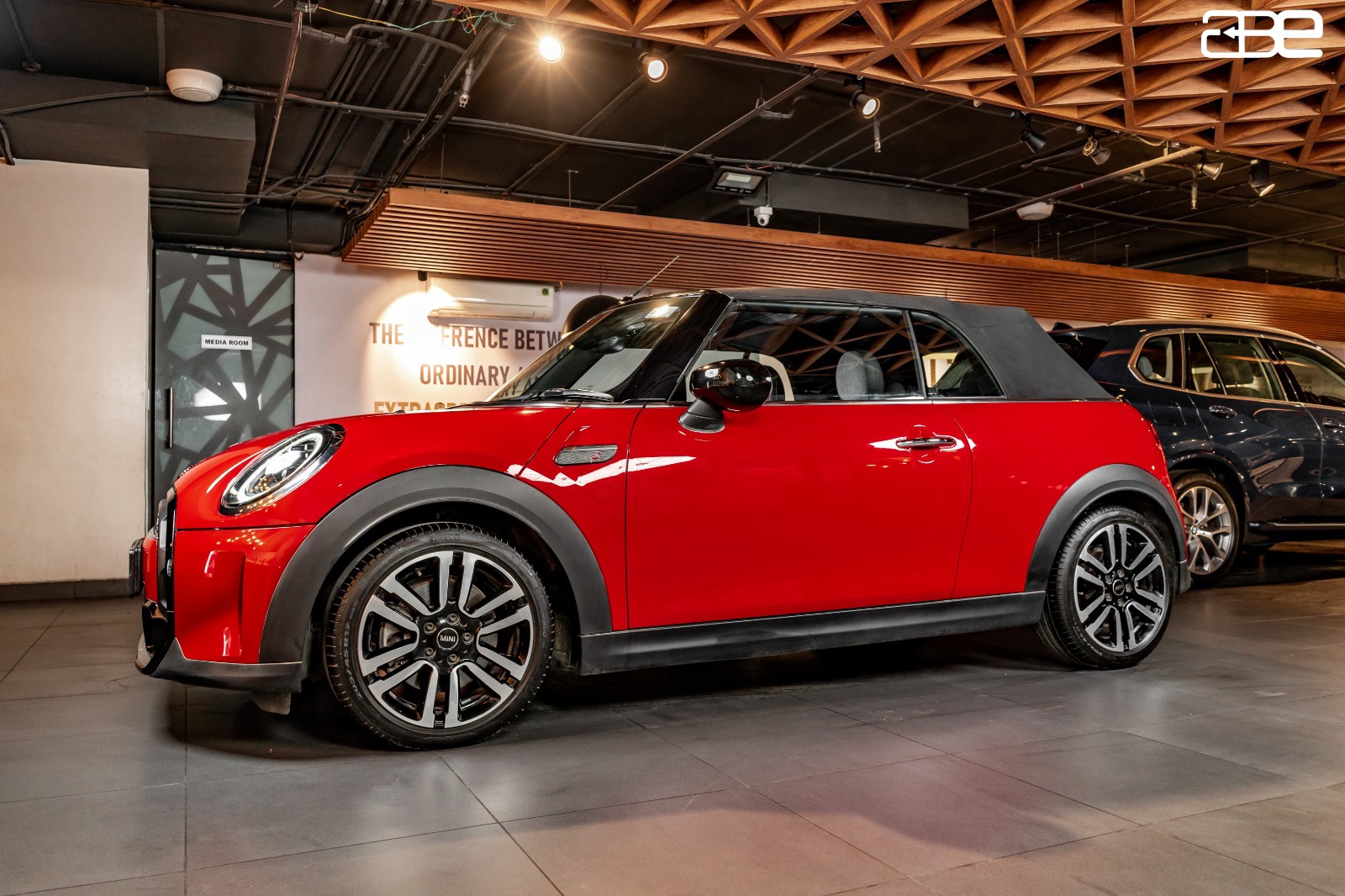AWD vs 4WD Cars: What is the Difference Between?

AWD (All-Wheel Drive) and 4WD (4-Wheel Drive) are the driving forces behind the performance and the numerous capabilities of modern cars in today’s automotive technology.
These high-tech drive systems have changed the way we drive, in city traffic or off-road adventures. Due to the growing popularity of AWD & 4WD vehicles, let us understand the difference in AWD and 4WD, the advantages, and the applications of these systems.
AWD and 4WD cars come with several benefits, including better traction, better handling, and better off-road capabilities. For example, AWD systems like the ones found in the Maruti SUV Brezza and the Hyundai Creta offer a seamless driving experience as they continuously monitor wheel traction and adjust power distribution from front to rear wheels. 4wd cars in India like the all-wheel drive Mahindra Thar and the four-wheel drive Toyota Fortuner provide manual control and durability, making them perfect for off-road driving in extreme conditions.
In this blog post, we will delve into the world of AWD and 4WD cars, exploring their differences, benefits, and applications. Whether you're a seasoned off-roader or a city dweller, understanding the power of AWD and 4 wheel drive cars in India can help you make an informed decision when choosing your next vehicle. So, buckle up and get ready to explore the thrilling world of all-wheel and four-wheel drive!
What Are AWD Cars?
So, what is awd in cars? All-wheel drive (AWD) cars have a powertrain and can provide power to all four wheels at the same time, whether it’s on-demand or full-time. That is why they are called all-wheel drive and are designed to increase and improve traction or handling various surfaces, including wet, snowy, and slippery roads.
These systems help prevent wheel slip when driving on slippery roads, though they may not be as dependable or long-lasting as 4WD systems in extreme off-road conditions. What is AWD? Some of the most common AWD configurations include 1x1 AWD, 2x2 AWD, 4x4 AWD, 6x6 AWD, 8x8 AWD, etc that refer to how many axles and wheels can be powered. They are often used in luxury car brands to maintain stable driving performance and improve fuel efficiency.
What Are 4WD Cars?
4WD cars, also known as four-wheel drive cars, that are capable of power-training and providing torque to all four wheels simultaneously. They can provide efficient traction and handling on various surfaces, including off-road conditions.
So, what is 4x4 car? 4WD cars are usually full-time or demand-driven systems and can be connected via a transfer case which adds an extra output drive shaft and in many cases, additional gear options. 4-wheel drive refers to a vehicle that has power sent to four wheels that are connected to at least two different axles. What is 4WD? Typically, the term 4WD is used to describe a vehicle that has a transfer case that allows the vehicle to switch from 2WD to 4WD, either by hand or automatically.
If you want to learn what is the difference between AWD and 4WD, read on!
Difference Between All-Wheel Drive And Four-Wheel Drive
All-wheel drive (AWD) and four-wheel drive (4WD) are two different types of drivetrain systems that power all four wheels of a vehicle. AWD systems are typically full-time and work automatically, while 4WD systems are part-time and require manual engagement. So, what is the difference between AWD and 4WD?
You can read above on what is all wheel drive?
By understanding the differences between these two systems AWD vs 4WD,you can make an informed decision when choosing a vehicle for your specific needs. Here are five key difference between AWD and 4WD:
Power Distribution
Here, in 4x4 vs AWD, All-wheel drive (AWD) systems use the centre differential to transfer the torque of the engine between two axles. 4WD systems use the transfer case, which acts as a locked differential. AWD systems can transfer torque to both axles at different speeds and are usually not controlled by the driver. But the difference between all wheel drive and 4 wheel drive is AWD systems are not as dependable or long-lasting as 4WD for off-road conditions.
Driver Control
The difference between all wheel drive and four wheel drive is that AWD is full-time and works automatically while 4WD is part-time and requires manual intervention.
AWD systems are full-time and work automatically, while 4WD systems are part-time and require manual engagement. This allows 4WD systems to offer increased control for the driver, allowing them to switch between 2WD and 4WD modes. However, 4WD systems result in a stiffer ride quality when compared to 2WD vehicles.
Fuel Economy
In this, all wheel drive vs 4 wheel drive, AWD systems are generally more fuel-efficient than 4WD systems, as they can distribute power more efficiently. This is because AWD systems can distribute power more efficiently, which can help improve fuel economy. However, AWD systems may have higher maintenance costs due to their complexity.
Off-Road Capabilities
Here the difference between 4x4 and awd, the 4WD systems tend to be better suited to extreme off-road environments. This is due to the fact that 4WD systems are able to spread power more evenly over all four wheels. This, in turn, improves the traction and control of the vehicle in difficult off-road situations.
4WD systems can also be less efficient in terms of power consumption, although there are a few modifications that can improve this.
On-Road Performance
AWD systems are better for on-road driving, as they can actively send power to the wheel that needs it most. This is because AWD systems can distribute power more efficiently, which can help improve handling and stability on the road. However, when compared to 4 wheel and all wheel drive, the AWD systems may not be as effective in low-traction situations, as they rely on a differential rather than a transfer case.
Which is Best for Off-Roading - AWD OR 4WD?
Generally, 4WD is better for off-roading because it has more manual control and is more durable. 4WD cars offer more traction and handling in extreme off-road conditions, making them suitable for tough terrains. 4WD cars have more control over the vehicle, allowing the driver to switch from 2WD vs 4WD modes.
They are often fitted with features like locking differentials, high ground clearance, etc., to improve the off-road performance of the vehicle. However, a 4WD car may have a rougher ride quality and may be more expensive to maintain than AWD cars.
7 AWD and 4WD Cars in India
Let us see a list of the best 4 wheel drive cars in India and all wheel drive cars that you can check at AutoBest for the best price and value. These cars have all the features you are looking for.
|
Best AWD Cars in India |
Best 4WD Cars in India |
|
Maruti Suzuki Grand Vitara |
Maruti Suzuki Jimny |
|
Hyundai Tucson |
Mahindra Scorpio-N |
|
Jeep Compass |
|
|
Isuzu MU-X |
|
|
Mahindra Alturas G4 |
Mahindra Thar LX |
Last Words
When it comes to comparing AWD and 4WD cars, they offer different advantages and are suitable for various driving conditions. AWD cars are designed for improved traction and handling on various surfaces, including wet, snowy, and slippery roads. They are more fuel-efficient and better for on-road driving.
On the other hand, 4WD cars are ideal for extreme off-roading conditions, offering increased control and traction. They are better for off-road driving and towing heavy loads. When choosing between AWD and 4WD cars, consider your driving needs and preferences to make the best decision for your vehicle.
If you are looking to buy cars or second-hand cars, visit our website and explore our wide range of options. At Autobest, we offer a variety of certified used cars that have undergone thorough inspections and reconditioning processes, ensuring you get a luxurious beast without any worries. Our team is dedicated to helping you find the dream car you desire, with a focus on quality and customer satisfaction.
FAQs on AWD and 4WD Cars
1. What are the benefits of all-wheel drive?
The many benefits of all-wheel drive include improved traction, handling, and road grip, especially in wet, snowy, and slippery conditions.
2. Is it possible to drive an AWD vehicle off-road?
Yes, it is possible to drive an AWD vehicle off-road, but they are not as suitable as 4WD vehicles for extreme off-roading.
3. Does all-wheel drive work in rain?
Yes, All-wheel drive systems can help cars fight wheel slips while travelling on slippery roads, making them effective in rain.
4. Which is better FWD or AWD?
FWD is generally a more fuel-efficient and suitable option for city and highway driving, while AWD is better for on-road driving and handling in challenging conditions.

 By Admin
By Admin






